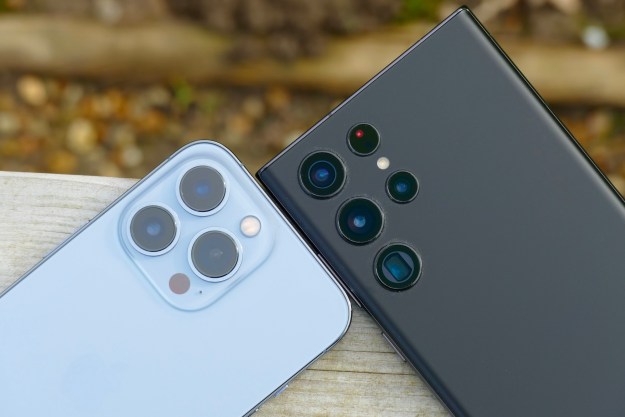Apple CEO Steve Jobs has confirmed on his company’s “Hot News” page that Apple intends to offer a software development kit (SDK) in February 2008 which will enable developers to create native third-party applications for the iPhone.
For the time being, developers looking to build services and tools for the iPhone are officially restricted to Web-based applications accessed via the phone’s built-in Safari Web browser. Although Apple recently began publishing a directory of iPhone Web applications, Web-based applications really aren’t the same thing as a truly native iPhone program. For one thing, they have no way to access the iPhone’s storage, or the services of the iPhone’s applications (like the address book, photo gallery, and other tools). For another, they only work if the iPhone user can get Internet access…and for still another, they don’t get top-level space on the iPhone’s directory of applications.
“It will take until February to release an SDK because we’re trying to do two diametrically opposed things at once,” wrote Jobs, “provide an advanced and open platform to developers while at the same time protect iPhone users from viruses, malware, privacy attacks, etc. This is no easy task.”
Although Jobs did not reveal how Apple intends to resolve these issues, he did point to Nokia’s recent decision to only allow applications on its newer handsets that are digitally signed by known developers, thus reducing the risk of a user inadvertently installing a trojan or other malware application. “While this makes such a phone less than ‘totally open,’ we believe it is a step in the right direction,” wrote Jobs. “We are working on an advanced system which will offer developers broad access to natively program the iPhone’s amazing software platform while at the same time protecting users from malicious programs.”
[The story of a pending iPhone SDK was originally broken in TidBITS last week by long-time colleague Glenn Fleishman. Good job, Glenn!]
Editors' Recommendations
- You’ll soon be able to control your iPhone and iPad with your eyes
- How to play YouTube in the background on iPhone and Android
- iOS 17.5 just launched with a huge security feature for your iPhone
- The Apple Watch is the best iPhone camera accessory you didn’t know you needed
- This is the iPhone concept of my dreams


